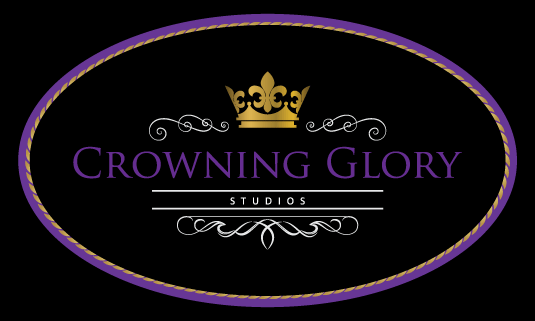DID YOU KNOW? According to a popular theory, humans have evolved beyond needing any hair. But when hair loss begins, it seems we can’t live without it!
Hair seems to define us, doesn’t it? But it also defines us as being a mammal, scientifically speaking, and anthropologically and archaeologically, evidence suggests that we have had hair (or fur) since before we stood up on two legs. Back then, goes the theory, humans needed protection from the elements such as extreme cold and ultraviolet radiation from the sun, so fur was a form of protection for our skin. As humans evolved with less of a need for that protection, body hair declined over the centuries. Once we learned how to wear animal furs and use bark and leaves as coverings, hair lost its protective value and restricted itself to just the areas on the human body we know of today. And most of those places are the focus of multibillion-dollar-a-year industries bent on removing the hair; but on the head it is the opposite: We spend as much time and money as possible devoted to keeping our hair and showing it off.
As such, hair bears great social significance in terms of defining a person’s identity. And when something happens to our hair -- such as a hair loss disease (for example, alopecia areata) or, on the other end of the spectrum, excessive hair growth on the body or even just a temporary accident -- we suffer great trauma as a result. Your hair can also identify you as a member of a certain social group, such as hippie, punk or prep or of a geographic, ethnic or religious group. As each displays its own defining characteristics, you can almost always spot an Orthodox Jew by his earlocks and tall hat, a Muslim by her hijab, a Rastafarian by his uncut dreadlocks. And, the act of shaving the head can symbolize punishment or purity depending on the situation. In fact, hair is also an indicator of health, with thinning or missing hair often an indicator of sickness.
Want to better understand hair loss? Then become a hair loss expert yourself.
Top-ten facts to give you a deeper understanding of hair loss and how to prevent hair loss:
- The length of a piece of hair has three parts: the root, which lies in the follicle beneath the scalp; the bulb, which is the swelling at the base of the scalp; and the shaft, which is the strand above the scalp (that shows).
- A cross section of a piece of hair also has three parts, and these are concentric. From the inside out: The medulla is the inner core of the hair; the cortex surrounds it in a layer of densely packed keratin; and the cuticle is hair’s outer, clear, protective layer made up of scales that overlap and lay flat, like roof shingles.
- The cortex of the hair is the part that is penetrated and altered when you have a chemical process performed on your hair. The cuticle is the outer layer that gets roughed up by too much brushing, rubbing, heated styling-tool exposure and harsh chemicals, most often responsible for frizzy-looking, dull hair.
- It’s the irregular shape of the hair follicle that determines whether your hair will be curly, kinky or wavy.
- The sebaceous gland associated with each hair follicle is largely responsible for secreting hair’s own natural protection.
- The reason that hair transplantation can be so successful is that each follicular unit is complete and can be removed and replaced to a new location in much the same way you transplant a garden plant with its roots attached.
- A person’s individual hair growth cycle, which can last from two to seven years, dictates his or her ultimate hair length, if it was not cut for that long. The “ anagen” phase is a period of active growth and hair follicle regeneration. The “ catagen” phase is when that follicle stops growing new hair, which often results in natural, normal hair shedding. Next is the “ telogen” (resting) phase, in which the follicle remains dormant for a few months until it is reawakened by a new anagen growth phase. “ Exogen” is the term that describes hair shedding as old hairs become dislodged by new ones, which usually takes place at the onset of a new anagen phase.
- Because of these phases, it’s important to realize that natural hair shedding of 100-200 hairs daily is perfectly normal and a natural part of hair growth. This is not considered to be the hair loss we dread.
- Different ethnic hair types exhibit varying rates of growth: The average growth rate for Caucasian hair is about one-quarter inch per month, although hair growth can occur faster in children. Afro-Caribbean hair grows approximately half as fast as the Caucasian because of its fragile structure, and it rarely grows very long, either. Asian hair grows even faster than Caucasian hair and, as a result, grows even longer because of its thicker structure.
- The top-six normal things that can affect your hair’s growth and health are hormonal changes, daily care, medications, stress, fungal or other infections and aging.
Now that you’re an expert and have a better understanding of what’s considered “normal” for hair, you’ll be able to identify any hair loss or hair-thinning concerns or issues you have and learn to better prevent hair loss and keep the hair you have.






